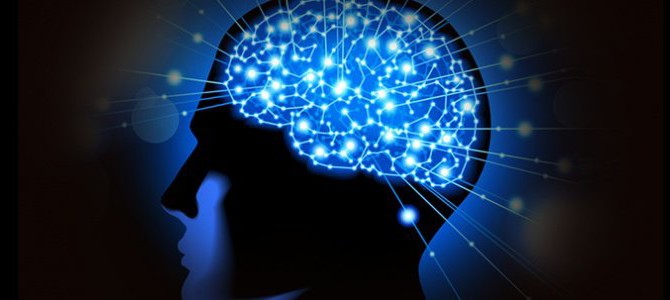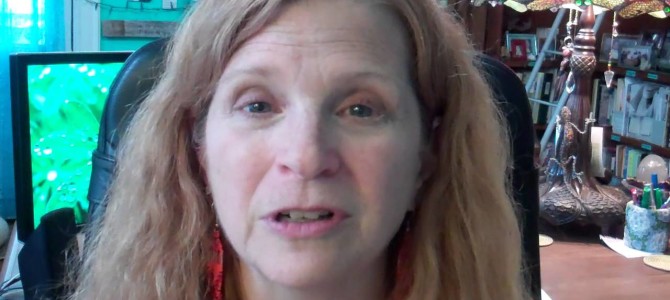Dr. Brené Brown: The Two Most Dangerous Words in Your Vocabulary http://www.oprah.com/own-super-soul-sunday/Dr-Brene-Brown-Two-Dangerous-Words-in-Your-Vocabulary-Video?FB=fb_sss_dr_brene_brown_two_dangerous_words
The Opposite Of Addiction is Connection

Do Stronger Human Connections Immunise Us Against Emotional Distress? Right now an exciting new perspective on addiction is emerging. Johann Harri, author of Chasing The Scream, recently captured widespread public interest with his Ted talk Everything You Know About Addiction Is Wrong, where…
Exploring the Baha’i Concept of Life After Death

Religions are often perceived as a means to answer questions about what happens after we die. Will it be absolute non-existence after our body’s last breath? Is there life after death at all? And if there is, will we remember…
What Is Peace – by Dr. Gail Lash

PLGRM presents THE STREETS BARBER

I charge you all that each one of you concentrate all the thoughts of your heart on love and unity.

Hatred does not cease by hatred, but only by love; this is the eternal rule. – Buddha I charge you all that each one of you concentrate all the thoughts of your heart on love and unity. When a thought…